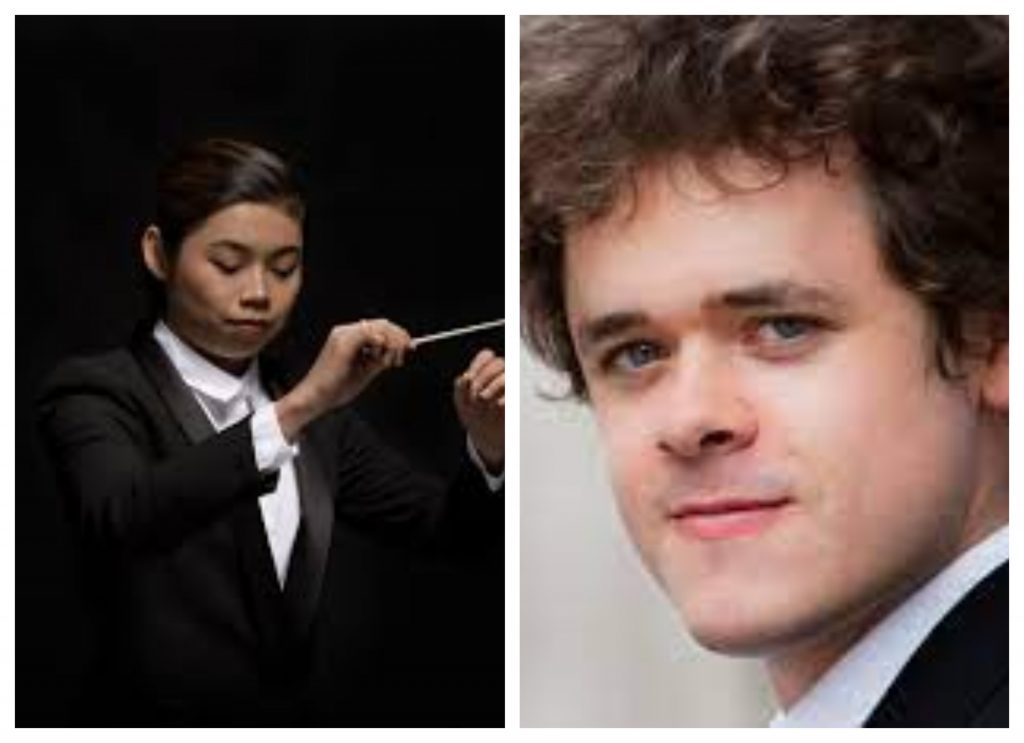by Peter Feher

From the podium, Elim Chan set an ambitious tone for the evening. The rising star conductor, here in her Cleveland Orchestra debut, has a commanding style, and every twist and turn in Saturday’s performance tracked closely with her baton.
And for Scheherazade, a roadmap and careful pacing are essential. The challenge of the piece, starting with the first movement, “The Sea and Sinbad’s Ship,” is to make the ebb and flow of a handful of themes constantly engaging. Chan always kept a larger arc in mind, working up the music’s many repetitions by degrees but also allowing the momentum to subside for special solo passages.
These just happened to be moments where a set of Cleveland Orchestra players who aren’t the usual soloists got the spotlight. Assistant concertmaster Stephen Tavani was entirely at ease at the head of the violin section and serving as the virtuoso narrator for Rimsky-Korsakov’s score. Corbin Stair, normally second oboe, stole the show as principal, spinning enchanting solos and leading the overall wind sound.
Not every ensemble detail was perfect. Duets across the orchestra — such as one of those early fading passages between the principal cello and French horn — could drag without the conductor’s intervention, leaving both musicians exposed. The quick tempo changes that structure later movements sometimes got lost in translation, though Chan showed a remarkable flair for slower rubato sections.
That skill was apparent from the opening work, Carl Maria von Weber’s Overture to Der Freischütz. Chan deliberated over every suspenseful note and dramatic pause, generating the kind of anticipation appropriate for an opera — or a program of 19th-century showpieces.
Benjamin Grosvenor delivered on the promise of a spectacle with Franz Liszt’s Piano Concerto No. 1. Knowing the composer’s solo keyboard works, listeners might expect an outright, unabashed display of technique, but the brilliance of this piece lies elsewhere. Liszt compressed four traditional movements into an almost continuous flow, and the result is a concerto whose musical ideas emerge along the lines of a structured improvisation.
Grosvenor captured the ruminative spirit of the composition well, especially when unaccompanied. He showed off where necessary too, like in octave passages throughout the finale, marked “Allegro marziale animato.” But another curious feature of Liszt’s work is that the flashiest, most memorable bits are also the simplest. Extended trills in the keyboard’s upper register ring out in the same way as sparkly notes on the triangle do, adding a disarming touch to this piece’s scherzo section.
Chan and the Orchestra stepped into their supporting roles here naturally, just as they’d come to the fore on the program’s second half, with solo turns that shouldn’t have been any surprise, really.
Published on ClevelandClassical.com July 27, 2022.
Click here for a printable copy of this article

